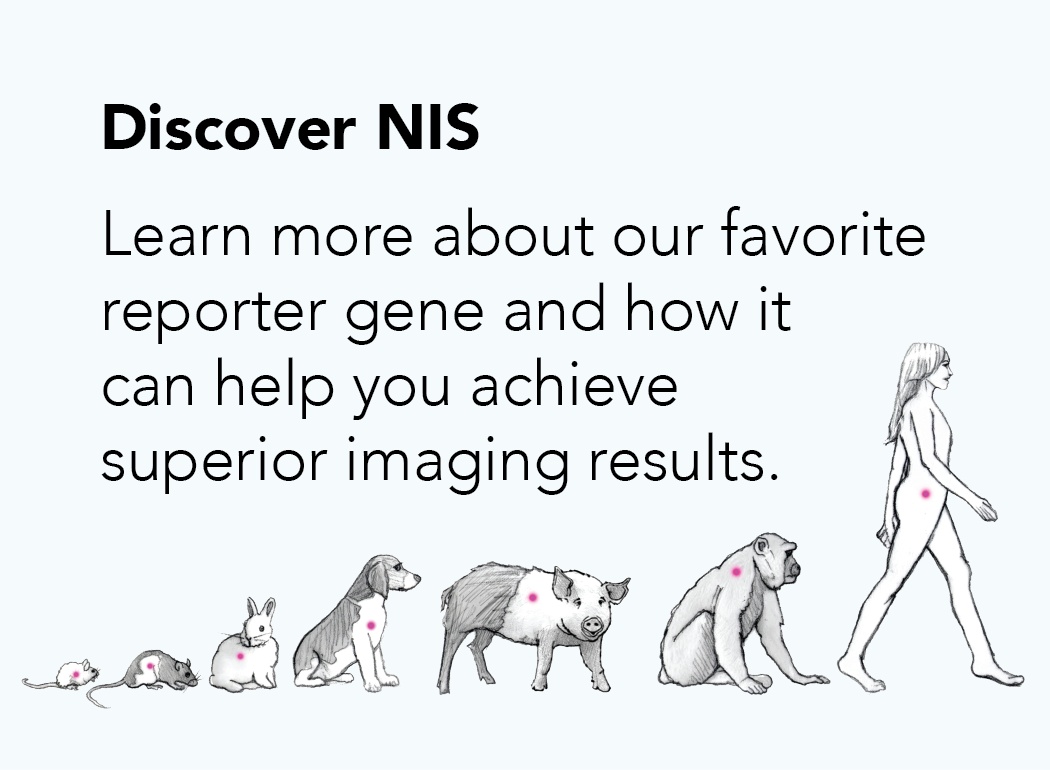LL/2 (Lewis Lung Carcinoma)
Description
LL/2 or LLC1 (ATCC® CRL-1642™) is a murine Lewis lung carcinoma cell line from a C57BL/6 mouse bearing a tumor formed by implantation of a primary Lewis lung carcinoma. The cells tend to be a mixed population of loosely attached and suspension cells, depending on the density, appearing either epithelial or rounded. LL/2 cells are highly tumorgenic and will form tumors and metastases post implantation into syngenic C57BL/6 mice or immunocompromised mice.
*The ATCC trademark and trade name and any and all ATCC catalog numbers are trademarks of the American Type Culture Collection.
Usage Information:
LL/2 cells are suitable for in vitro and in vivo experimentation. Both syngenic C57BL/6 mice and immunocompromised mice can be used for in life studies, and will form tumors following implantation of the cells.
The following chart provides some examples of LL/2 cells used for tumor formation and studies.
| Route of Implantation | Mice | Tumor/Metastases | References |
|---|---|---|---|
| Subcutaneous | C57BL6J | Subcutaneous tumor, limited lung metastases |
Ito et al. (2013) PLoS One 8: e73931. |
| Subcutaneous | C57BL/6 | Subcutaneous tumor |
Soolev et al. (2009) Cancer Res 69: 2531-2539. |
| Tail vein | C57BL/6 | Lung metastases |
Takeda et al. (2015) Blood 118: 464-472.Ito et al. (2013) PLoS One 8: e73931.Mizumoto et al. (2013) BioMed Res International ID: 656319. |
Stable reporter cell lines:
Our LL/2 reporter cell lines can be tracked in vivo, making them great tools for studying the mechanisms of tumor growth and metastasis, as well as evaluating the effects of various drugs or therapies in animals. Our LL/2 cells are available with a variety of different reporters, including the murine sodium iodide symporter (mNIS), firefly luciferase (Fluc), enhanced green fluorescent protein (eGFP), or near-infrared fluorescent protein (iRFP). Several dual reporter LL/2 cell lines are available to facilitate multi-modality imaging.
In order to ensure high, constitutive expression of the reporter proteins, our cell lines are generated by lentiviral vectors transduction. The lentiviral vectors used for these transductions are self-inactivating (SIN) vectors in which the viral enhancer and promoter has been deleted. This increases the biosafety of the lentiviral vectors by preventing mobilization of replication competent viruses (Miyoshi et al., J Virol. 1998).

